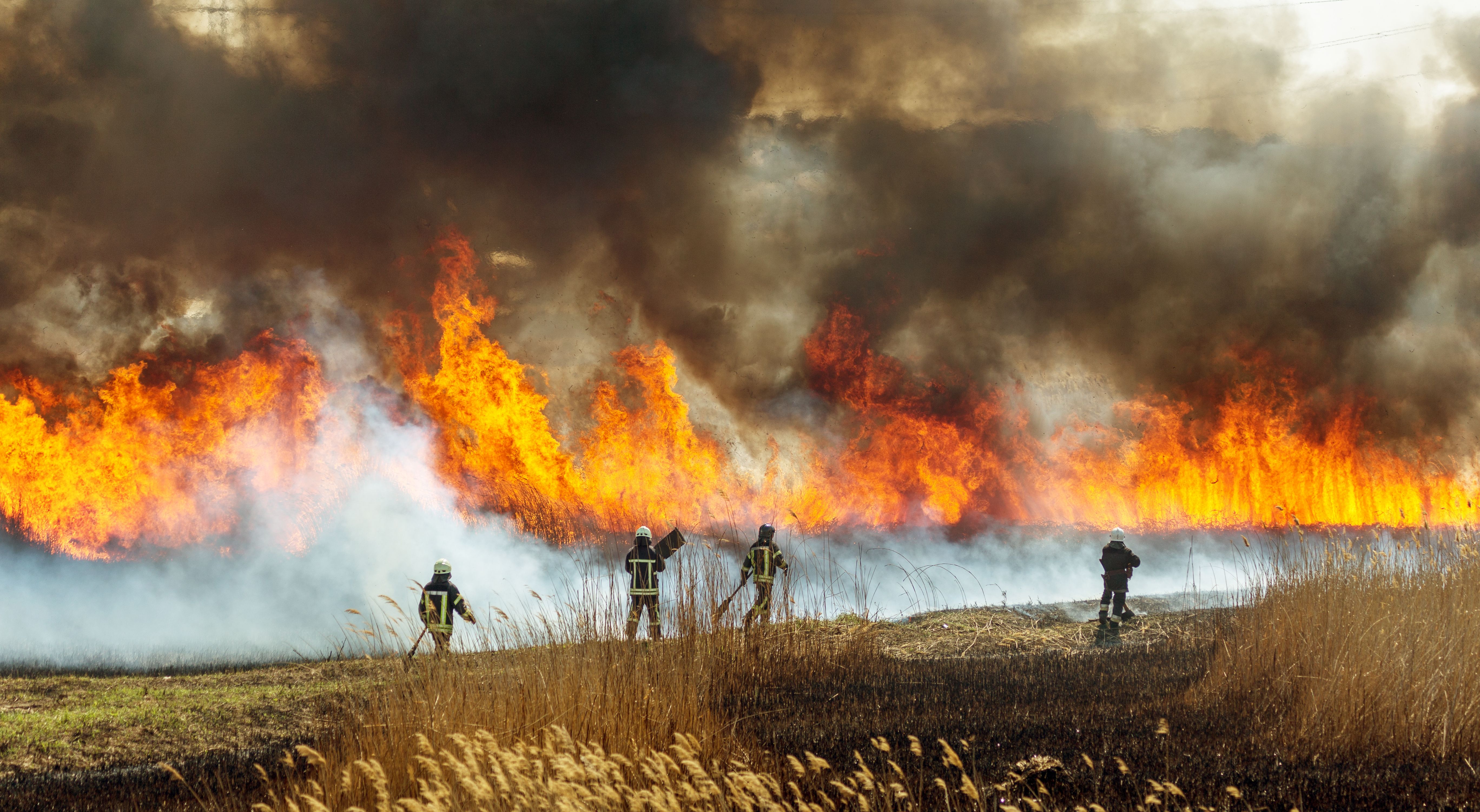News
Article
Smoke Pollution Linked to Increase in Hospitalizations in Older Adults
Author(s):
Key Takeaways
- Wildfire smoke exposure in the western US is linked to increased hospitalizations for respiratory diseases in older adults.
- The study analyzed Medicare data from 11 states, focusing on 13 causes of hospitalization between 2006 and 2016.
Respiratory diseases made up the hospitalizations in older adults after they were exposed to wildfire smoke.
With more than 30% of the United States currently experiencing drought conditions,1 the threat of wildfires remains high as the country swiftly approaches wildfire season, which lasts from May to November throughout the country.2 However, it is not just the threat of the actual fire that is detrimental to those in the surrounding areas. According to a new study published in JAMA Network Open,3 smoke pollution affected older adults throughout the western US, leading to increased hospitalizations for respiratory disease.
The western US is expected to have increased exposure to wildfires and wildfire smoke due to climate change, but studies covering the effects of that exposure are limited. Most studies have focused on mortality, respiratory, and cardiovascular outcomes of smoke exposure along with potential associations with maternal and child health, diabetes, and diarrhea. This study aimed to take a broader approach to the associations between wildfire smoke and health outcomes. The JAMA Network Open study assessed the connection between the 13 causes of hospitalization in older adults and wildfire smoke exposure between 2006 and 2016 in western states in the US.
The 11 states included in this study were Arizona, Colorado, Nevada, Utah, New Mexico, California, Montana, Oregon, Idaho, Wyoming, and Washington. The data included all hospitalizations between May 1 and October 31 of each year between 2006 and 2016, as this is the primary time for wildfires. The researchers primarily used Medicare inpatient claims data for the study, which included data from adults aged 65 years and older enrolled in the Fee-for-Service program for at least 1 month during the study period.
Hospitalizations related to respiratory disease increased due to smoke exposure | Image credit: Aleksandr Lesik - stock.adobe.com

Diagnostic codes were used to identify the 13 causes of hospitalization. They included cancer, injury, respiratory disease, infectious and parasitic disease, and cardiovascular disease, among others. A secondary analysis also evaluated the association between smoke particulate matter 2.5 (PM2.5) and subcause categories. Daily PM2.5 concentrations were taken from Childs et al. Smoke days were defined as any day where an overhead smoke plume crossed a county.
The mean (SD) number of smoke days was 498 (160) across all western states. A total of 10,369,361 participants were included in the study, of which 46.9% were men and 80.7% were White. Among this cohort, there were 1,333,143 unique individuals who had a total of 4,760,651 unscheduled inpatient hospitalizations.
The reasons for unscheduled hospitalizations were most often cardiovascular disease, with a mean daily rate of 7.92 (6.90) per 100,000 persons; digestive system disease, with a mean daily rate of 3.62 (4.39) per 100,000; and respiratory disease, with a mean daily rate of 3.53 (4.39) per 100,000.
The researchers found that respiratory disease and cardiovascular hospitalizations were flat at lower exposure levels and began to increase with 25 μg/m3; this plateaued at 40 μg/m3. Daily hospitalizations for respiratory disease increased by 2.40 (95% CI, 0.17-4.63) per 100,000 persons when weekly smoke concentrations increased from 0 to 40 μg/m3. Cardiovascular hospitalizations increased by 2.61 (95% CI, –0.09 to 5.30) per 100,000 when concentrations increased from 0 to 40 μg/m3.
The only cause of hospitalization that was significantly associated with smoke was respiratory disease, specifically pneumonia (36.9% of all respiratory diseases), chronic obstructive pulmonary disease (20.4%), and respiratory failure (15.5%).
There were some limitations to this study. There is likely exposure measurement error present in the study. Concentrations of smoke are harder to estimate. County-level exposure measurements are not a perfect representation of exposure. Residual confounding is possible through the time series analysis. Wildfires have been more intense since 2016, but the years after were not accounted for. Higher concentrations of smoke could not be evaluated.
An increase in hospitalizations related to respiratory disease was found in older adults in the western US. “This information can be used by both policymakers and clinicians to design policies and guidelines to protect vulnerable older adults from the escalating health threats posed by wildfire smoke,” the authors concluded.
References
- National current conditions: April 16, 2025-April 22, 2025. National Integrated Drought Information System. Updated April 25, 2025. Accessed April 29, 2025. https://www.drought.gov/current-conditions
- When is wildfire season in the US? Western Fire Chiefs Association. October 8, 2024. Accessed April 29, 2025. https://wfca.com/wildfire-articles/when-is-wildfire-season/
- Vega SL, Childs ML, Aggarwal S, Nethery RC. Wildfire smoke exposure and cause-specific hospitalization in older adults. JAMA Netw Open. 2025;8(4):e257956. doi:10.1001/jamanetworkopen.2025.7956





